Six Sigma An Arsenal Worth Breaking The Mediocrity Of An Organization
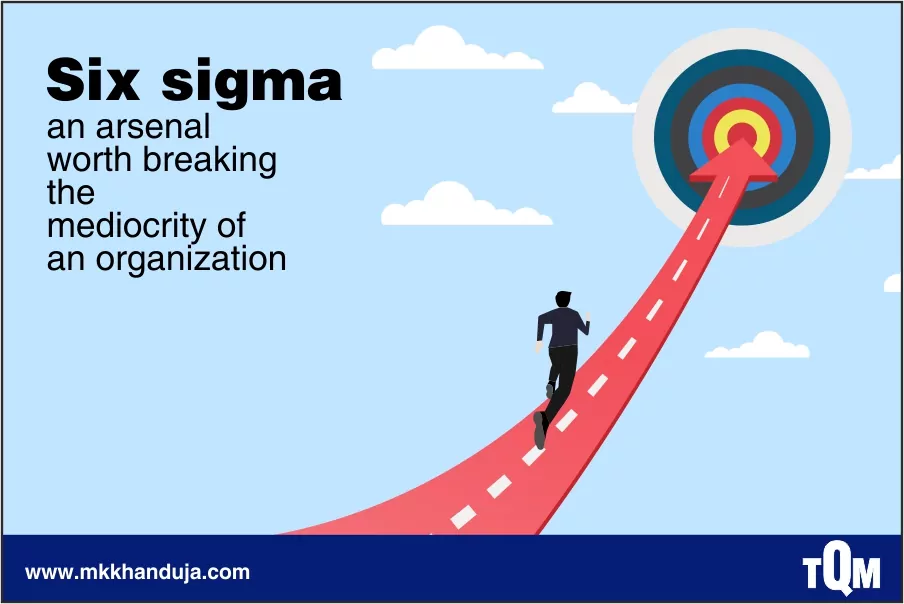
For any organization, the first step towards deploying Six Sigma is deciding to use this methodology to improve their overall performance and productivity, Once the top leadership believes that they can benefit from using Six Sigma, they can follow different stages to implement it in their organization. The journey starts from having a compelling reason to implement Six Sigma, and it goes until recognizing the team's contribution to play their valuable role.
Six Sigma should not be confused with treating manufacturing only as a part of a more extensive system. It also eliminates the narrow traditional approaches that don't allow a company to break its mediocrity and grow into a big international brand.
These days, customers are not only focused on how well product manufactures or service is delivered. They are also keen to know the price, after-sales support, financing terminologies, technology upgrades, enhancements, and other things. That's where the Six Sigma comes into play by benefitting customers in a broader way.
Besides customers, Six Sigma also benefits others – operations become cost-effective, quality enhancements, and no rolls back benefit the investors too. Additionally, the employee's pay can be increased, which enhances their morale and satisfaction levels.
Why the traditional quality paradigm Three Sigma is an identification of a mediocre organization?
The clearly defined inputs that consume resources, time, and produces the defined outputs, this sequence of actions is called a process. Whether it's an entry-level or a giant manufacturer, any company can focus on its processes to any level of detail. Due to a defined process flow, management can clearly measure the process performance, and they can prioritize their efforts to achieve the strategic goals. Moreover, using the relevant inputs, the organization can track their internal efforts and focus on achieving the bottom-line objectives. Six Sigma and lean empowers an organization towards a clear process mind-set, enhancing the process cycle time and can be used to achieve the powerful performance from supply chain personals.
Why the traditional quality paradigm Three Sigma is an identification of a mediocre organization?
Some organizations suggest to set the minimum Sigma quality level between Three Sigma and Six Sigma. This section describes what Six Sigma difference it makes to use Three Sigma quality standard versus the. Following is the tabular form representing various Sigma levels with performance metrics like yield, defective part per million (DPPM), Cpk and Sigma level/Z.
With reference to the above table:
At the Three Sigma level, the yield is 93.3%, which means 66,800 parts out of 1 million parts are defective in DPPM.
While at Six Sigma level, the yield is 99.9997%, which means 3 parts out of 1 million are defective in the DPPM.
(Note: Consider the defective parts to be scrapped for 1 million part build)
The difference in scrap cost incurred for Three and Six Sigma level is approximately 17000 times. If it's acceptable for an organization, then no harm in implementing the Three Sigma quality standards. However, if an organization wants to stand out and aims to become a world-renowned biggie, then no less than Six Sigma standards should be acceptable.
This example explains in a better way, the effects of not implementing Six Sigma. Generally, the manufacturing units have processes with a series of steps, and the overall yield is the product of yields from different steps called throughput yield. For instance, a shop floor has a two-step process to manufacture a product, step number 1 has an 80% yield, and step 2 has a 90% yield.
The overall yield or throughput yield will be 0.8 X 0.9 = 0.72 = 72%.
The overall yield of a process (involving a series of steps) is always less than the yield of the step with the lowest yield.
Now, imagine if a Three Sigma quality level (93.3% yield) is obtained from every step of a process (ten steps are normal in the manufacturing industry), the quality levels at the end will magnify to many defects per million.
These stats show that the Six Sigma quality is not optional if an organization wants to remain viable with massive success in its relative field.

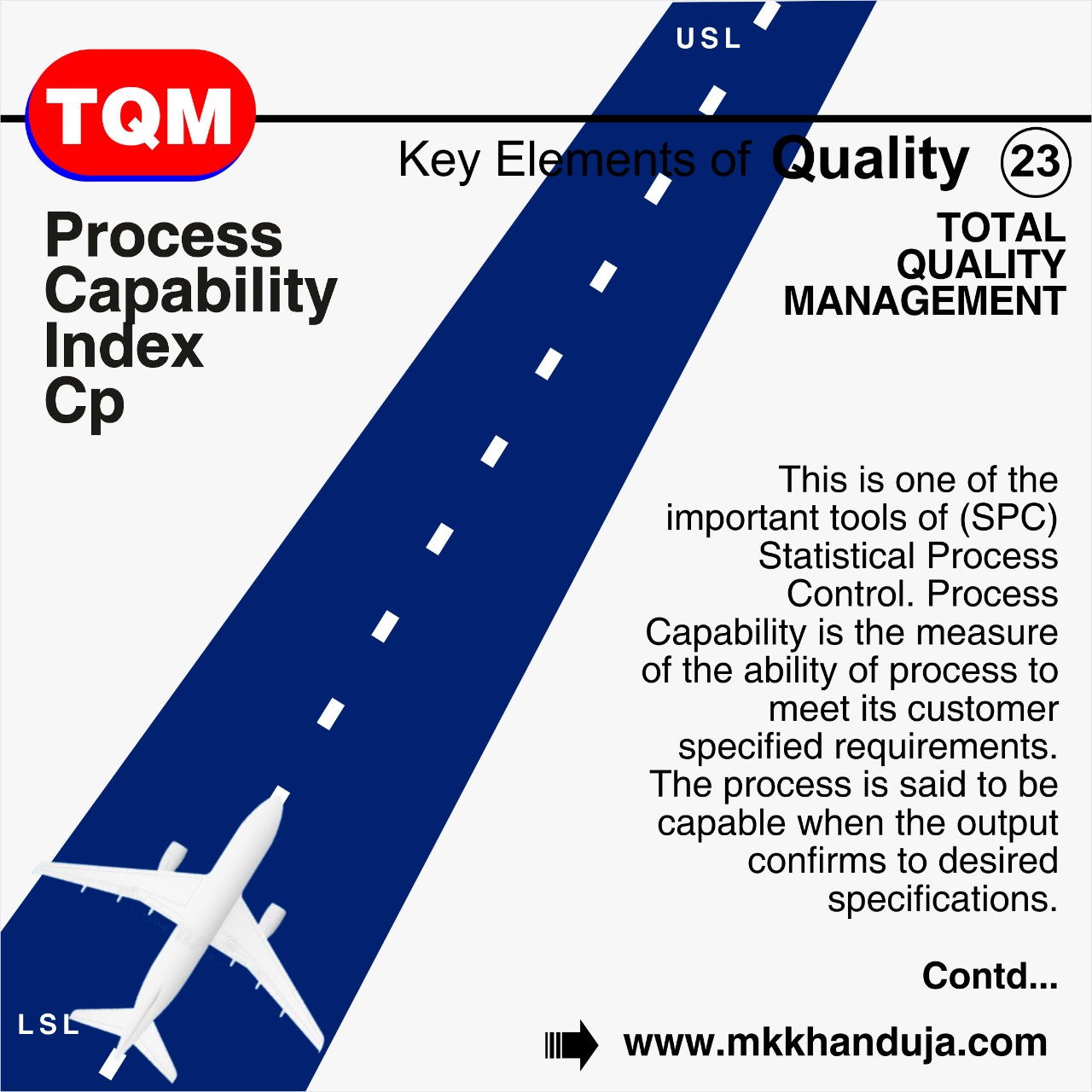
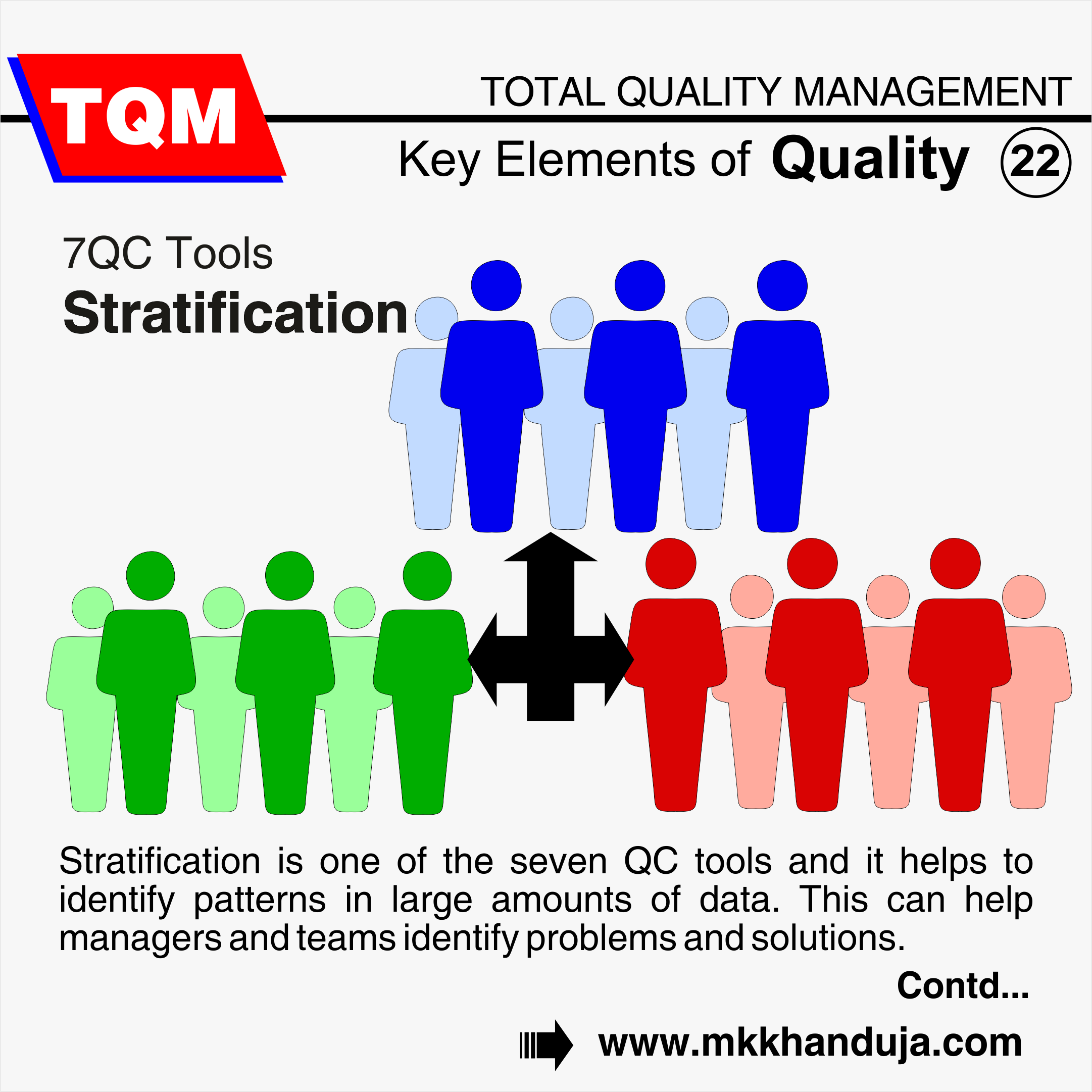
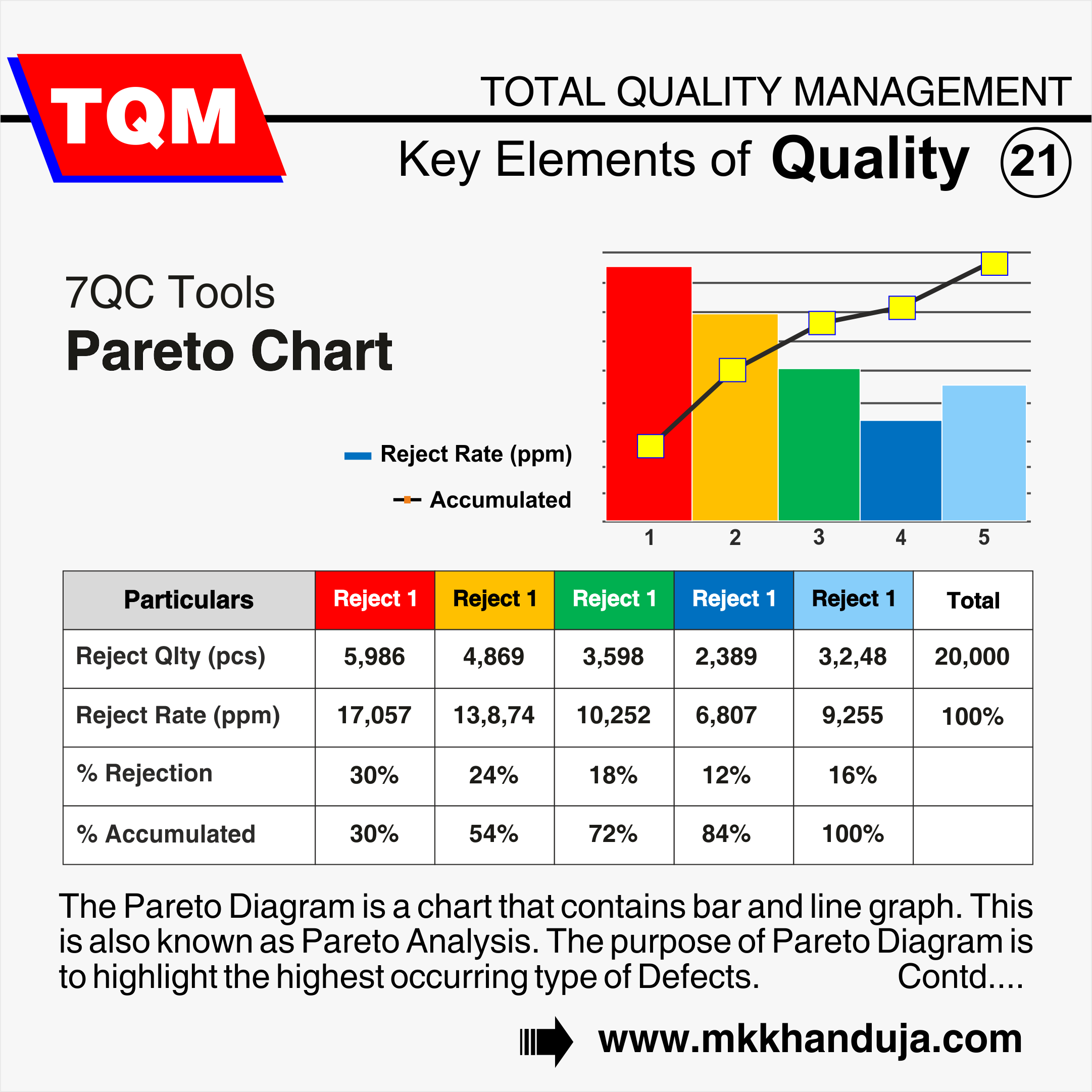
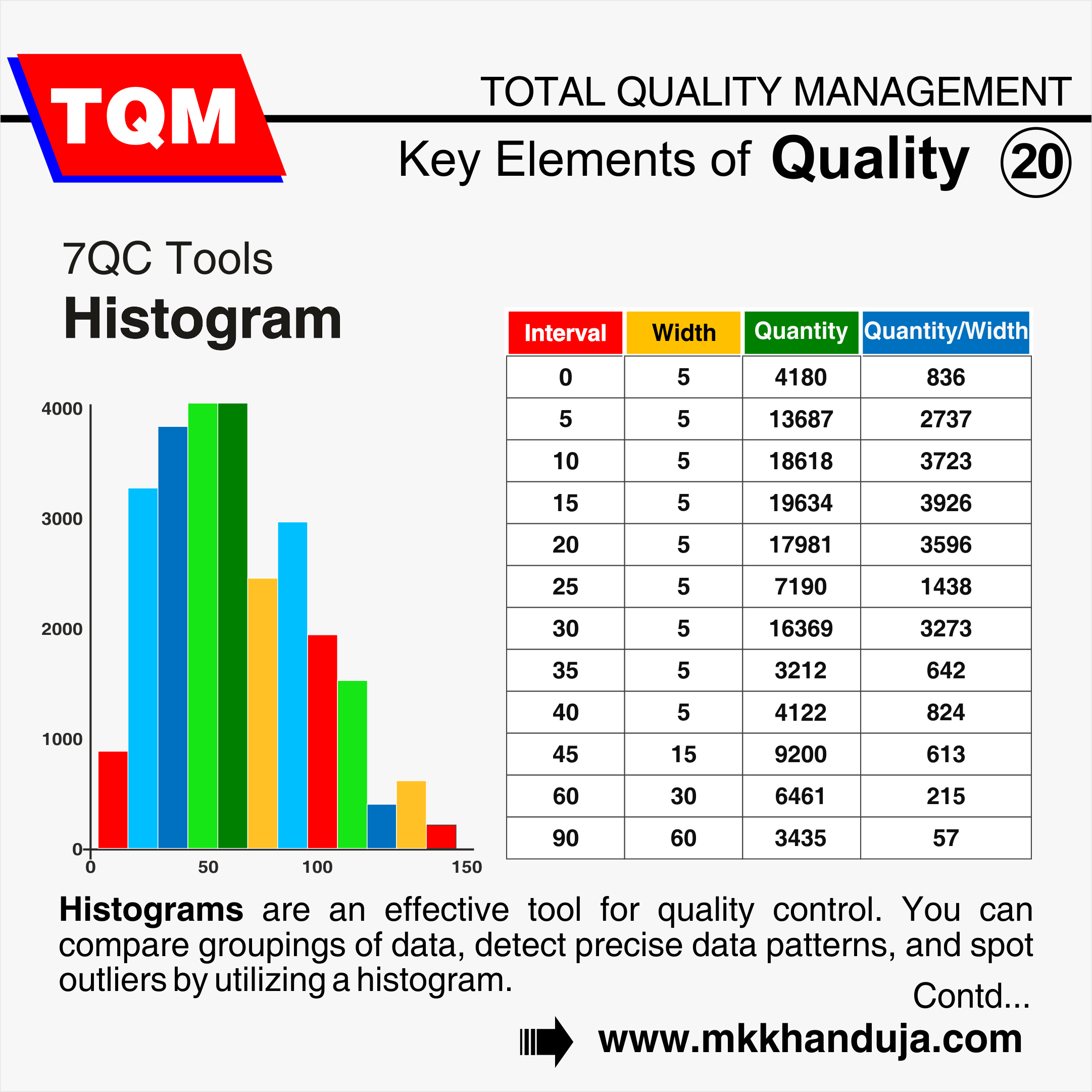
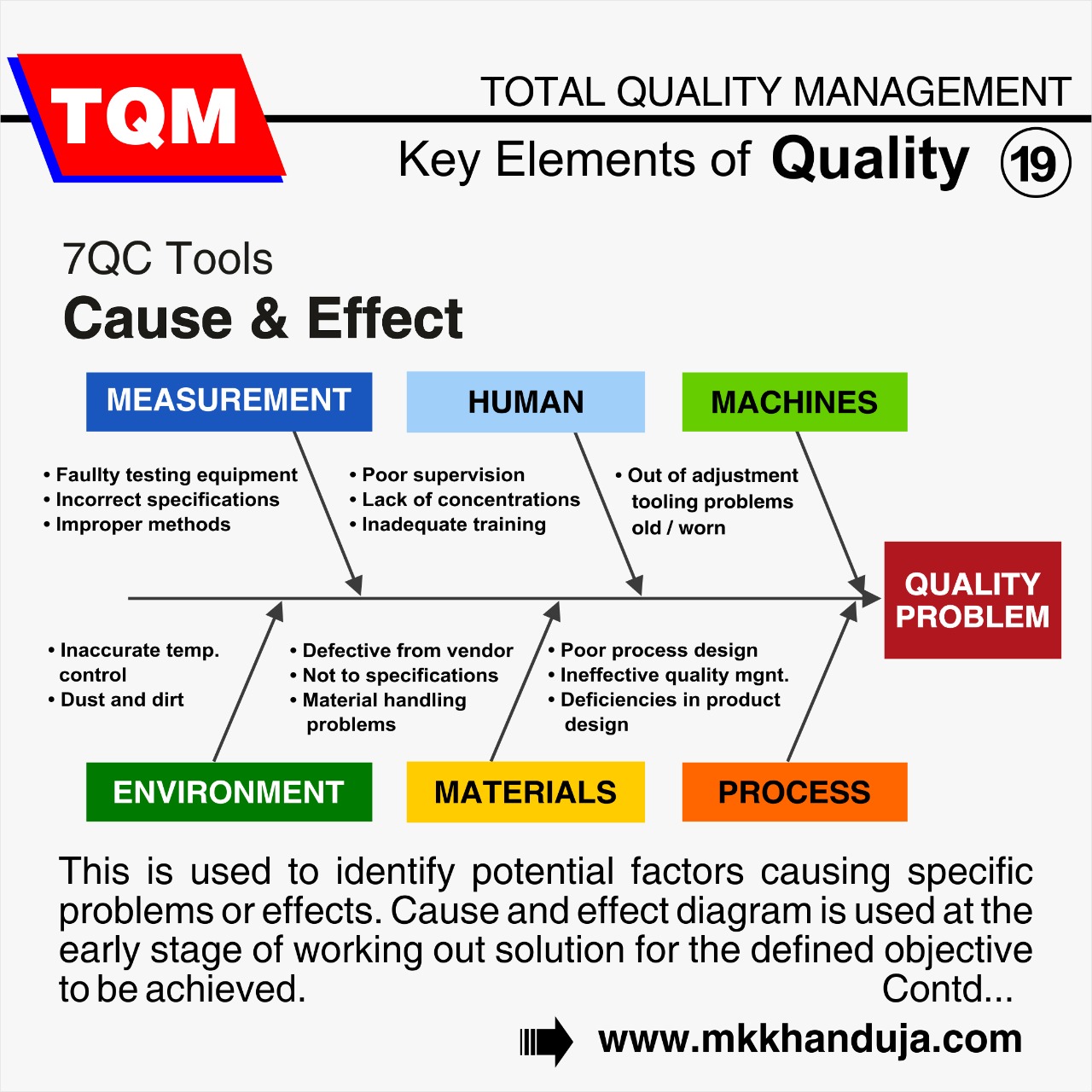
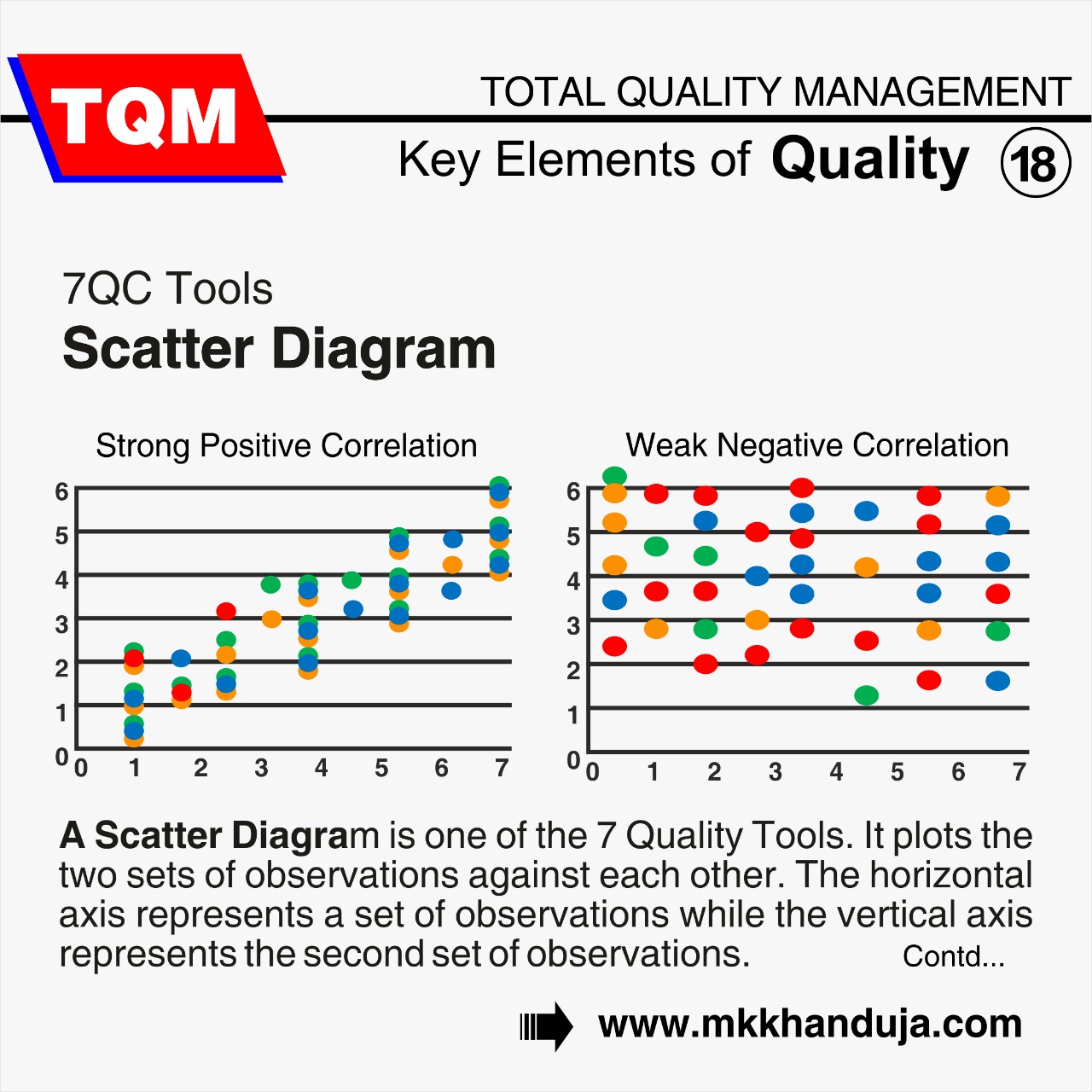
Comments